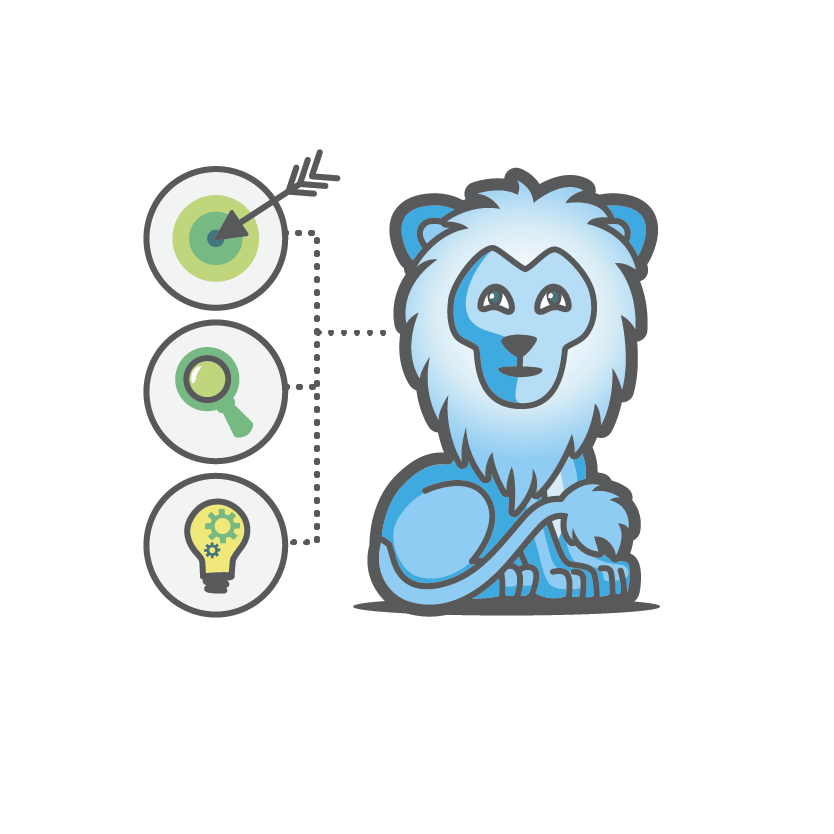
Very engaged and focused throughout the course. Sticking to the agenda. Nice and pleasant.
This Green Belt training teach you how to lead successful projects using DMAIC (Define, Measure, Analyze, Improve & Control).
The course combines 3 classroom days, 2 online meetings (2 hours each), and e-learning (~2 hours, with 1-year access), and includes practical and interactive exercises.
You will learn to lead successful improvement projects:
This training is for you who:
The course teaches you methods and tools for successful implementation of improvement projects with Six Sigma's DMAIC.
The following tools are reviewed:
Some of the methods and tools are described in detail, others at an introductory level.
The following are included in the course:
In the courses, methods and tools are practiced through practical exercises and a Lego game developed by John Bicheno at the Lean Enterprise Research Centre at Cardiff Business School, and further developed by Joakim Hillberg at Revere in Sweden.
The game is used in several countries by companies, universities, and consultants to provide hands-on experience and understanding of Lean principles.
We do group exercises and practice facilitation. To ensure the best possible learning, we spend time each day reviewing what we learned the day before.
To transfer theory into practice, we recommend that you carry out an improvement project and become certified. A Green Belt project typically generates savings of approximately 2.5 MNOK (source: Partner GoLeanSixSigma).
Diploma: To receive a diploma for successful completion, you must attend all 3 course days.
Certification: To become certified as a Lean Six Sigma Green Belt, the following requirements must be met:
Mandatory coaching ensures that your project is executed in line with best practices and the Lean Six Sigma methodology. Through six 1-hour sessions with a senior consultant, you will receive support and guidance to:
The coaching sessions include:
Coaching fee: NOK 14,950 (includes six 1-hour sessions and project approval). This is an investment in your success, and our experience shows that participants who receive coaching achieve better results and complete their projects more effectively.
Courses can be arranged on request and customized to your business needs.
Your own data can be used in examples and exercises.
Open courses are arranged according to the Course Calendar.
You can start e-learning when you want. You have access for a year and unlimited attempts to successfully complete multiple-choice exam.
Lunch, refreshments, and drinks during classroom training are included, and you receive a course completion certificate.
Course location varies; check "Place" in Course Calendar.
Lean Tech is located at Kristoffer Robins vei 13 (0978 Oslo) and organizes courses here.
We have an agreement with Thon Hotels and organize courses in other locations as needed.

Sissel Pedersen Lundeby is IASSC (International association for Six Sigma certification) accredited trainer associate:
"This accreditation publically reflects that you have met the standards established by IASSC such that those who participate in a training program led by you can expect to receive an acceptable level of knowledge..."
Sissel has a Master in Chemical Engineering and more than 20 years' experience within manufacturing and environmental technology. She has practiced Lean Six Sigma since 2002, completing Black Belt projects and certification through Cytec (2004) and IASSC (2017).
She use Lean Six Sigma to create measurable results and want her course participants to be successful improving their processes. That's why her training focus on practical application.
"Inspiring, professionally competent, popularize a theoretical discipline"
Espen Fjeld, Commercial Director at Berendsen
"Academic highly skilled and clear performance. Fun and builds trust"
Jon Sørensen, Production Manager at Berendsen
"10/10 good at reaching everyone"
Erlend Stene, Sales leader at Berendsen
"Clear and well presented. Good at asking questions and listen (check understanding)"
Morten Bodding, Production Manager at Berendsen
"Made a difference, engaged and skilled"
- Participant from EWOS
"You are inspiring, positive and professionally skilled"
- Participant from EWOS
"Clear presentations and well explained"
"I thought it was very rich, with good examples that made me reflect"
Lean Tech AS | Kristoffer Robins vei 13
0047 481 23 070
Oslo, Norway
L - Look for solutions
E – Enthusiastic
A – Analytical
N - Never give up

